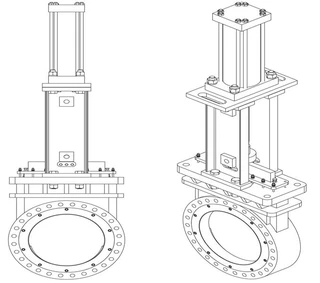Y Strainers vs. Basket Strainers: A Comparative Analysis
Strainers are vital components in a wide range of industrial and household setups, essential for effectively filtering liquids. Among the various types available, Y strainers and basket strainers are notably popular. Despite both aiming for liquid filtration, they differ significantly in their design, how they work, and where they're used. This article aims to compare and analyze these two types of strainers. 1. Structural Overview Y Strainers: Y strainers consist of key...












